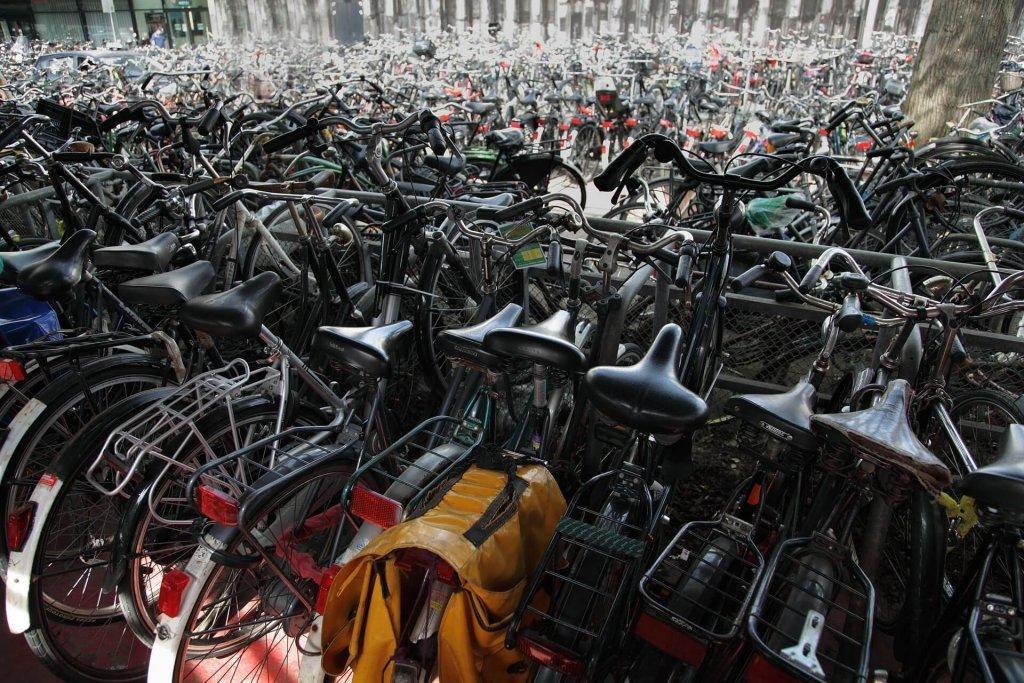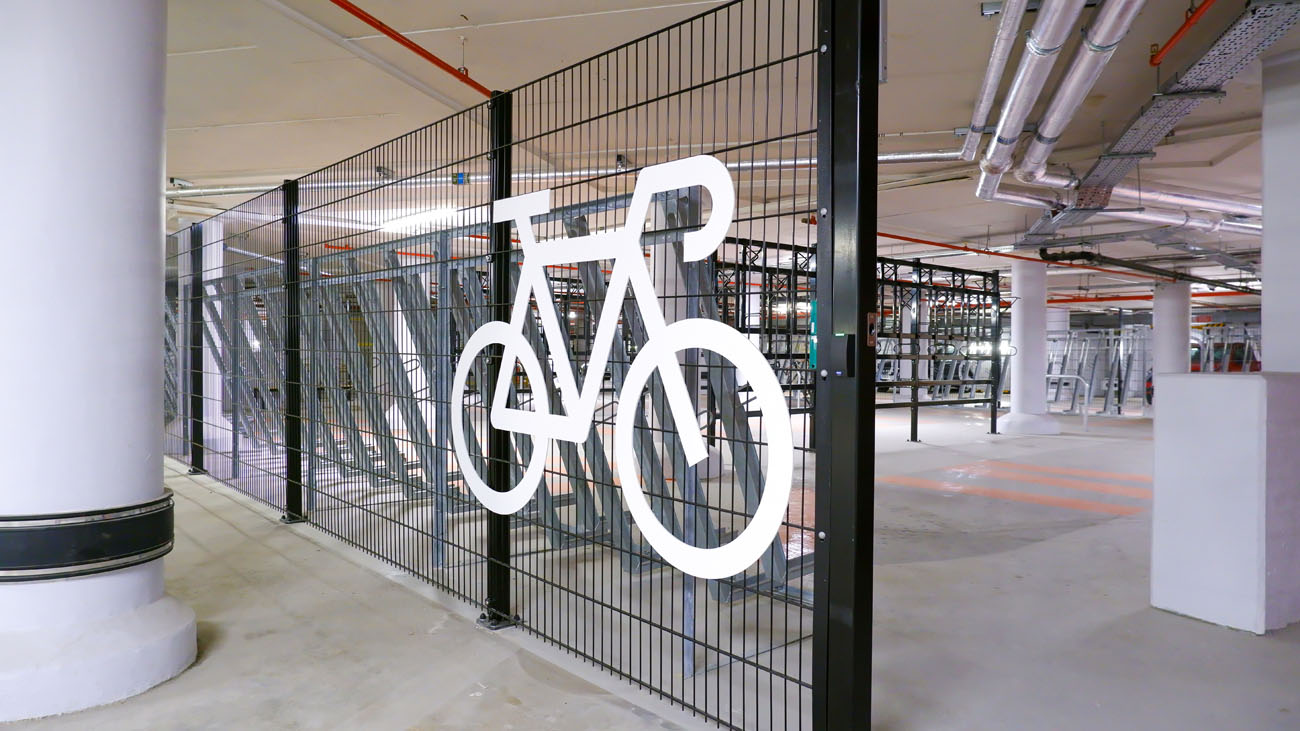In June of this year, Michael Ellis, Cycling Minister, announced that the government was introducing a new incentive to help cyclists with a “green commute initiative“. This initiative has seen the government refresh its cycle to work scheme – the effort will now include e-bikes, which is excellent news for the peddling commuter. As part of the scheme update, the original £1,000 cap has been removed to allow commuters to purchase a new bicycle and accessories more comfortably.
The growth of e-cycles is not to be underestimated with 70,000 models being sold int the UK last year. We covered the increase in electric bikes earlier in the year with some notable factors being that a survey of 2,000 commuters (undertaken by Evans Cycles) estimated that by switching from public transport to e-bikes, travellers could save over £7,500 across five years.
Micheal Ellis stated that “making sure that bikes are easily available is crucial to helping more people make the switch to greener modes of transport. Ensuring people of all abilities and fitness levels can cycle together is a vital part of this.
“I want everyone to feel empowered to make cycling a part of their everyday lives, and our refreshed guidance provides many incentives to help people do this.”
The government is set to invest around £2 billion on active travel as part of their new Cycling and walking investment strategy. This doubles their spending per head in comparison to their last spending review.
The initiative is excellent as it looks to continue to reduce pollution and increase activity in the daily commuter’s life, at least within the inner boroughs of London. It is very true that cycling the commute to work will:
- help reach fitness goals
- allow commuters to arrive at work feeling more energised and ready for the day
- save money on fuel, parking and other commuting costs.
All this is well and good, but only if there is ample secure space for commuters to lock and leave their bike; making sure a new bike does not become the victim of theft will be a real concern for new and existing green commuters.
Cycle security is hugely important and not to be neglected. While introducing new incentives to get more of us on a “green commute”, is excellent, the fear of cycle theft is ever-present. Laura Laker, writing for The Guardian, recently pointed out how 96,210 bikes were reported as stolen across the UK in 2018. Of those, a mere 3% are recovered. TfL says that every year, 20,000 bikes are reported stolen (in London). You can find their tips to avoid bicycle theft on their website. And, 25 per cent of people who currently cycle, and 22 per cent of those who don’t are put off cycling in London for fear of cycle theft. The same report tells us that more than half of Londoners are deterred by lack of cycle parking.
James Brown, MD of national cycle database BikeRegister, which is used by all UK Police Forces to check for stolen bikes, said:
“With their higher price tag, e-bikes are a particularly attractive option to thieves, who steal the whole bike or unsecured parts and accessories. What we can offer as a deterrent to e-bike theft is bike registration and marking. Registering on BikeRegister is free and means you could be reunited with your bike in the event of it being stolen. It does not, however, help make your bike a hard target to thieves. To reduce the chances of becoming a victim of cycle theft, we also recommend using one of our marking kits to further safeguard properly against theft. A marked bike is a proven deterrent to thieves and makes it much more difficult to sell on. Ultimately, it’s been far too easy for bike thieves for a very long time, and we need to push for e-bike retailers to introduce Point of Sale bike marking to protect more bike owners from the outset.”
As suggested by James, in this case, the best offence is a good defence – whether that be increased parking or a marked cycle – preferably both. As a cycle security and storage expert, of course, we are biased, but what initiatives are there to include the uptake of further cycle storage in London?
What Cycle Security is There in Place?
TfL has been working on a Cycling Infrastructure Database that is accessible via the London Datastore. At the time of writing this article, the database has been available to the public for three months, and it sheds light on the following figures:
- As of 2018, there were 145,449 cycle parking spaces on London streets. These were across 23,691 locations.
- Inner London has a significantly higher proportion of these spaces.
- There are 21,000 cycle hire spaces across 785 docking stations for those who wish to pay for their parking.
- Residential cycle parking has increased to over 7,000 spaces in around 1,200 cycle hangers.
However, with 730,000 bicycle journeys being made in London per day, in 2016, it’s hard to believe that there is anywhere near enough the cycle storage available for these commuters in 2019. If we added up every form of available parking reported by the above figures supplied by TfL, there were still four times the number of commuters in 2016 than there are available spaces in 2019. TfL does point out that the figures do not account for other cycle parking such as workplaces, educational institutions or residential buildings. Yet, the London Travel Demand Survey revealed that over three million people own at least one bicycle in the city.
These figures show that there is a lot of work to do for TfL to ensure these journeys all begin and end in ample security, so what work are they doing?
Cyclist Safety Appears to Be Important
Newly implemented segregated lanes, as well as well-designed cycle junctions, have helped get more Londoners on their bikes. Statistics from TfL show that new routes have attracted new cyclists. In recent years the government has done plenty of good work in introducing new Cycle Superways and Quietways to London’s roads. Yet, in the same 2018 report, it was noted that “cycle parking remains a problem and needs to be addressed… cycle parking at train stations is particularly important.” From this perspective, it seems clear that the majority of the government’s efforts, at least for 2018, was going into cycle routes and connectivity. This is all well and good, but, having their cycle or e-cycle there at the end of the working, school or leisure filled day, should be just as crucial as ensuring that the commuter has somewhere safe to ride it.
What Is Being Done to Ensure our Cycle’s Safety?
In delivering the Mayor’s latest transport strategy effectively, 80 per cent of all trips (within London) are to be made by foot, cycle or public transport by 2041. An ambitious target that certainly will need to have safety and security at the heart of it; which the strategy comments on. TfL estimates that a further 36,000 on-street cycle parking spaces are required with a further increase of 12,000 spaces by 2025.
To achieve this, the government plans to tackle six main areas:
- transport hubs
- town centres
- residential areas
- educational institutions
- workplaces
- community destinations
There are existing resources that will help commuters find somewhere to lock their bike or e-bike securely, like Urban Cycle Parking’s map. TfL also lists cycling hubs that exist in Finsbury Park and the City of London, however, the list does seem sparse.
The Future of Transport Hub Cycle Parking
The goal here for TfL is to provide a parking benchmark for all stations outside of zone 1. This comprises of a minimum of twenty cycle parking spaces within the fifty meters of the station.
They will have to work alongside various institutions to get this in motion; governing bodies such as boroughs, TOCs, Network Rail and Santander Cycles.
These plans also outline the need to consider cycle storage in the building of any new stations.
The Future of Town Centre Cycle Parking
The plans outline working closely with boroughs here to provide more visitor parking for cyclists. Also, it is proposed that by reallocating car parking spaces to cycle parking, it will also aid London’s lack of road space.
The Future of Residential Area Cycle Parking
Within the first year of this plan being release, TfL have forecasted the provision of 1,400 new residential cycle parking spaces. Moving beyond this, it proposes working further with boroughs to accelerate future delivery.
The Future of Educational Institution Cycle Parking
If a school was part of the TfL’s school travel programme (STARS), new cycle parking is being planned for 80 institutions within the first year.
For university campuses and colleges, it’s a little sparser. There are plans to work with local boroughs to install more cycle parking, with sight to implementing this for two universities within the first year.
The Future of Workplace Cycle Parking
For workplaces, the plans talk of providing support for London employers to enable them to further invest in cycle parking. The proposals talk about “making it simple and cost-efficient”, but don’t specifically talk about projected costs or grants.
It also, like with the above transport hubs, talks of having new project plans include cycle storage, such as two-tier bike racks, during their conception phase.
The Future of Community Destination Cycle Parking
For sports facilities, community centres, hospitals, surgeries, places of worship, libraries, museums and galleries, it’s a similar story. Plans outline working with boroughs to deliver further parking. To do this, it proposes engaging with major stakeholders such as NHS and Royal Parks to improve these facilities.
Is All of This Enough?
To say that cycle security and storage is not being thought about would not be accurate. It does seem apparent though, that with new initiatives such as this, the e-bike being added to the Cycle to Work Scheme, the figures just do not seem to add up. The 48,000 extra spaces by 2024, does not seem to be anywhere near enough spaces to meet with the governments green commuting targets.
LCC echoes these thoughts in their article where they note that the Mayor has a target of doubling cycle trips by 2026 from 720,000 to 1.5m and there is no way that the extra spaces allocated will be enough.
It seems clear that for commuters to feel that their new e-bike or existing cycle will be safely locked and secured, there needs to be some more thought put into the figure of spaces provided.





